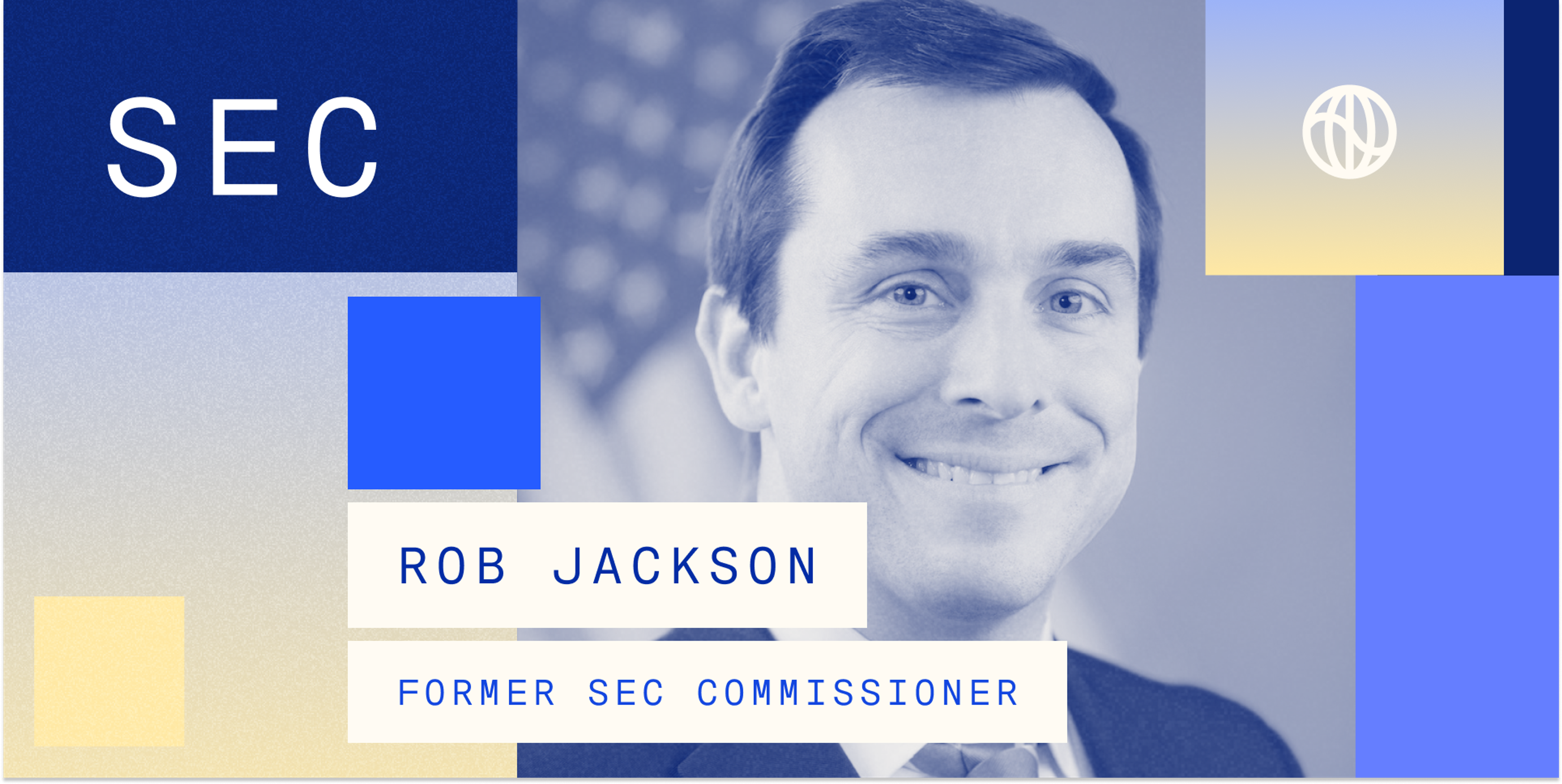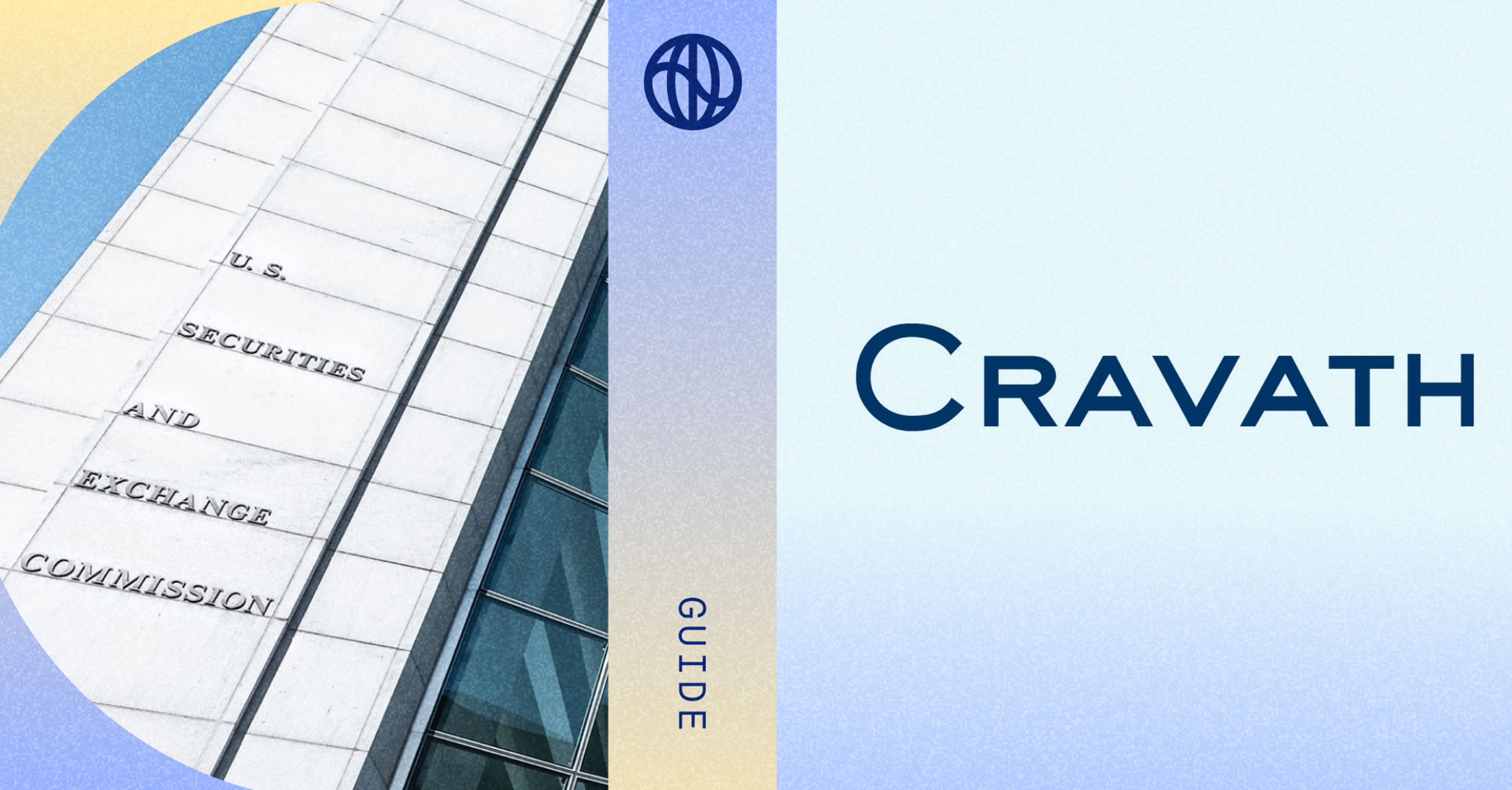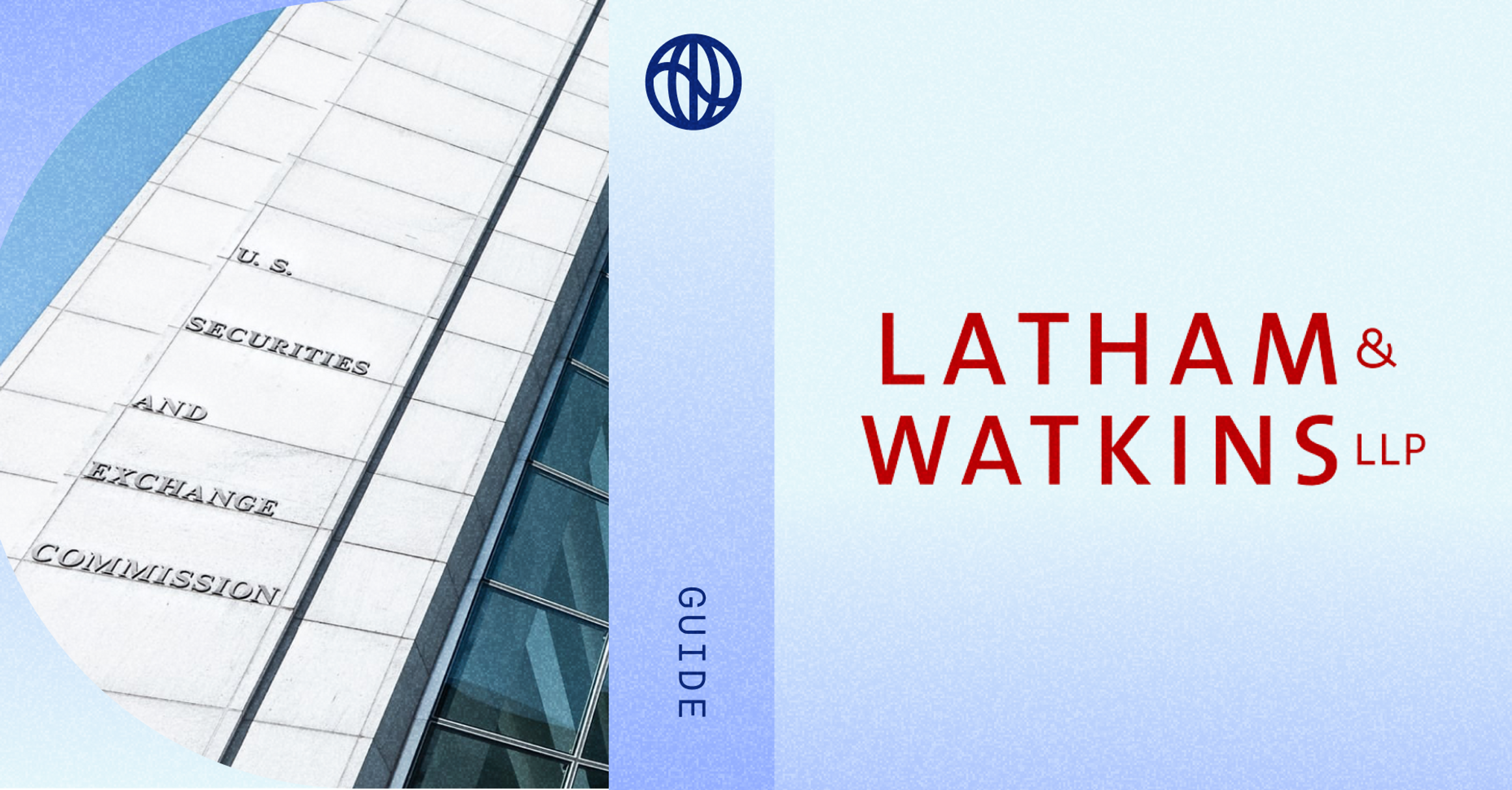As a commissioner for the U.S. Securities and Exchange Commission (SEC) from 2018 to 2020, Robert J. Jackson, Jr., has intimate knowledge of securities law. While at the SEC, Jackson was an outspoken advocate for protecting investors, calling for more transparency in capital markets, and championing evidence-driven policymaking. Jackson is co-director of the Institute for Corporate Governance and Finance and director of the Program on Corporate Law and Policy at the New York University School of Law.
Jackson answered questions from the Watershed community in a live Q&A with Watershed co-founder Taylor Francis. This recap covers the highlights of this conversation including compliance deadlines, what enforcement might look like, and, ultimately, how these rules could remake business as we know it.
Tell us a bit about the basics of the SEC climate rule.
The rule, as initially proposed in March 2022, would require companies to disclose their carbon emissions, climate opportunities, climate risk, and climate governance alongside their financial results. The rule is joining a flurry of similar regulations from Europe, the UK, California, and for US federal contractors. It's creating this moment around mandatory climate disclosure for companies in the US and around the world.
Take us inside the SEC. What was it like making rules as part of the commission?
When you're an SEC commissioner, you don't tell the market what to do. You listen to what the market's telling you. And even when I was a commissioner several years ago, it was very clear that the largest institutional investors—BlackRock, Fidelity, Vanguard, State Street, not to mention the millions of families saving for retirement through those entities—were focused on climate risk. For years, investors have been asking major companies for information about how they’re overseeing climate risk and what their plan is for a transition away from fossil fuels.
“When you're an SEC commissioner, you don't tell the market what to do. You listen to what the market's telling you.”
Former SEC commissioner Robert J. Jackson, Jr
Give us the 101 on the rule as proposed. What would it expect of companies?
I like to break it down into three parts. The first is the standard set of Task Force on Climate-Related Financial Disclosures (TCFD), which many companies have been providing for a long time. It requires companies to tell investors about the climate risk they face and about governance-level oversight of those risks. The second is the disclosure of scope 1, scope 2, and scope 3 emissions. And then, finally, we have Regulation S-X—the part of the rule that I think has been most controversial. Under Regulation S-X, companies are required to provide details about their profits and loss statements and expenses and investments that they're making to deal with climate-related questions. The SEC’s proposed rule would require companies to make very detailed disclosures about climate-related costs and investments.
Where does the rule stand right now? When would it kick in for companies?
It now looks like the rule is going to be pushed back a bit further than many thought. It looks more like the fall of this year, and there's a good reason for that. It’s a crucial rule that requires thoughtful and detailed policymaking. In that case, compliance won't occur until next year. Even so, most boards of directors I talk to are already preparing for it.
Could you lay out the proposal on scope 3?
The greenhouse gas protocol has historically broken down emissions into scopes. Scope 1 is directly related to an entity’s activity, while scope 2 takes some steps into the supply chain, and then scope 3 seeks to capture all the emission effects of the entity’s activity.
The rule is designed to give issuers comfort that scope 3, which is difficult and costly to calculate, could be disclosed safely without issuers having to worry about litigation risk under securities laws. So first, there is a phase-in period for issuers of a certain size; and second, there is a safe harbor, which expressly protects issuers who make a good faith and reasoned estimate of their scope 3 emissions.
At Watershed, we view scope 3 as a very tractable problem. We are already seeing companies in the UK and Europe publish their scope 3 emissions in annual reports to regulators and investors. Do you think scope 3 will be part of the final rule?
Some market participants predict that scope 3 is getting dropped, but I respectfully disagree with them. That’s why there's a safe harbor in the proposal, a materiality qualifier, and a phase-in period. Given those protections, the claim that scope 3 should simply not be disclosed seems like a harder argument to make.
“Some market participants predict that scope 3 is getting dropped, but I respectfully disagree with them.”
Former SEC commissioner Robert J. Jackson, Jr
Pivoting to Europe and its climate rules, i.e., the Corporate Sustainability Reporting Directive (CSRD), and with California’s climate disclosure rules working their way through the state legislature, we see companies struggle to navigate the different regulatory frameworks. What is your recommendation for companies trying to figure out which rules apply to them?
The place to start is with the board and the management team. Figure out what your company’s climate risks look like. Figure out what your board's oversight of those risks is going to be. Rather than trying to figure out what the law is going to be and then shaping your business around it, make business decisions and then get help for communicating those business decisions through the mechanism of these various rules to the investors that you serve.
“The place to start is with the board and the management team. Figure out what your company’s climate risks look like. Figure out what your board's oversight of those risks are going to be. ”
Former SEC commissioner Robert J. Jackson, Jr
Read Watershed's overview of the major rules companies need to know about for 2023.
The SEC rule will initially target large accelerated filers—a subset of public companies regulated by the SEC. What's the implication for private companies?
I don't think you'll need to wake up tomorrow and find out what the rule is and comply if you're a private firm, but I do think you'll want to take steps in that direction. Not only because you're probably thinking about different ways you might raise capital, but also because you're going to have private investors who are going to demand it. You’ll want to do it so you can be prepared to go public, and so that the finest providers of capital in the world want to invest in your company.
“I don't think you'll need to wake up tomorrow and comply if you're a private firm, but I do think you'll want to take steps in that direction...so that the finest providers of capital in the world will want to invest in your company.”
Former SEC commissioner Robert J. Jackson, Jr.
How should companies prepare for compliance in a future of regulated carbon accounting? What's the universe of auditors going to look like here?
Think through what it's like to work with an auditor on any other subject. You make sure that everything is traceable and repeatable. It's important to pay attention, as you do the numbers, that you're doing them in an audit-ready way. That's why I think a third-party provider like Watershed, which can provide you a systematic way to answer those questions, will be so valuable down the road.









